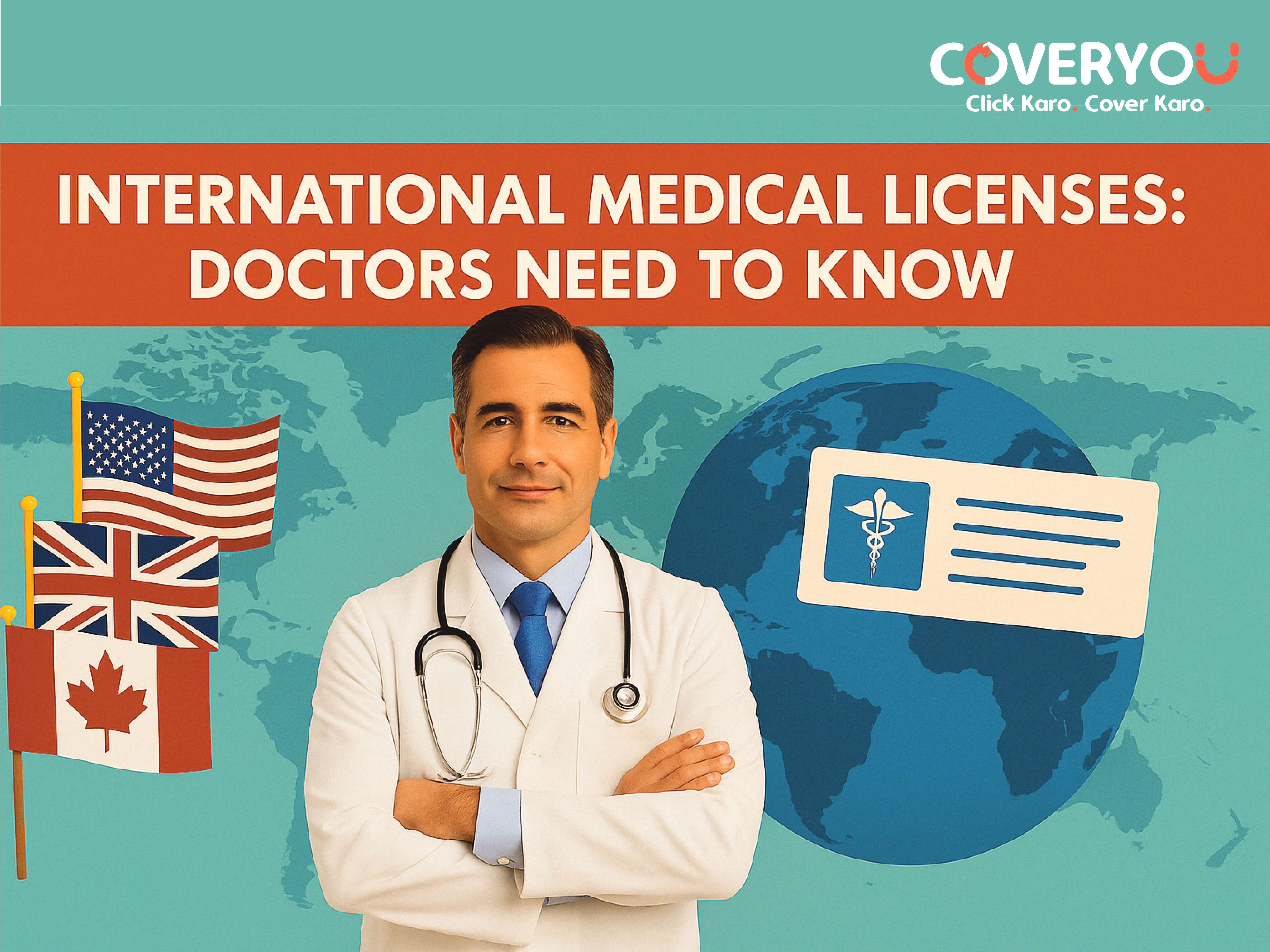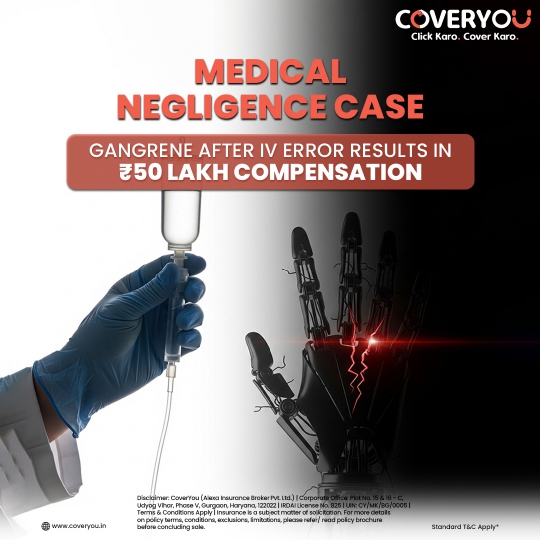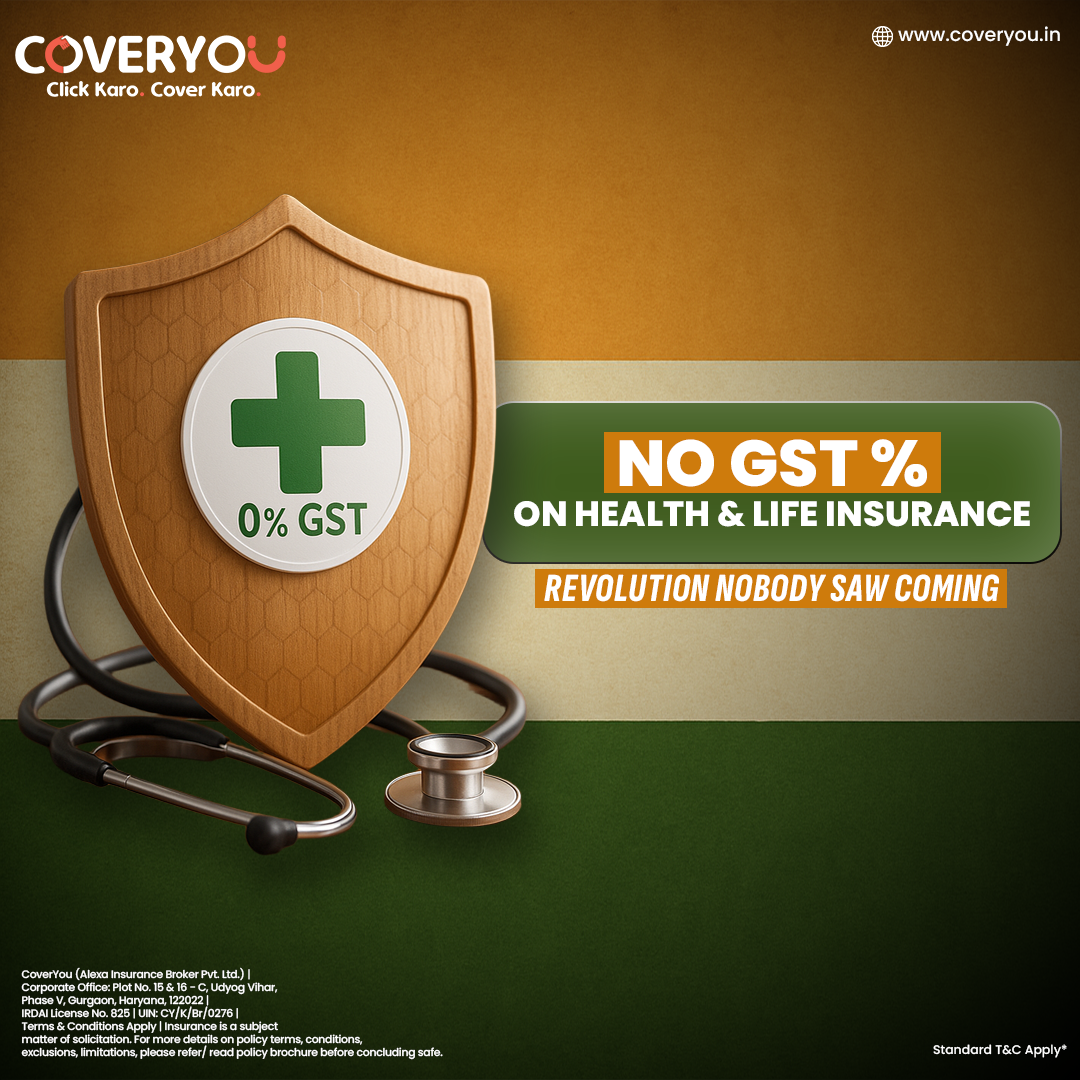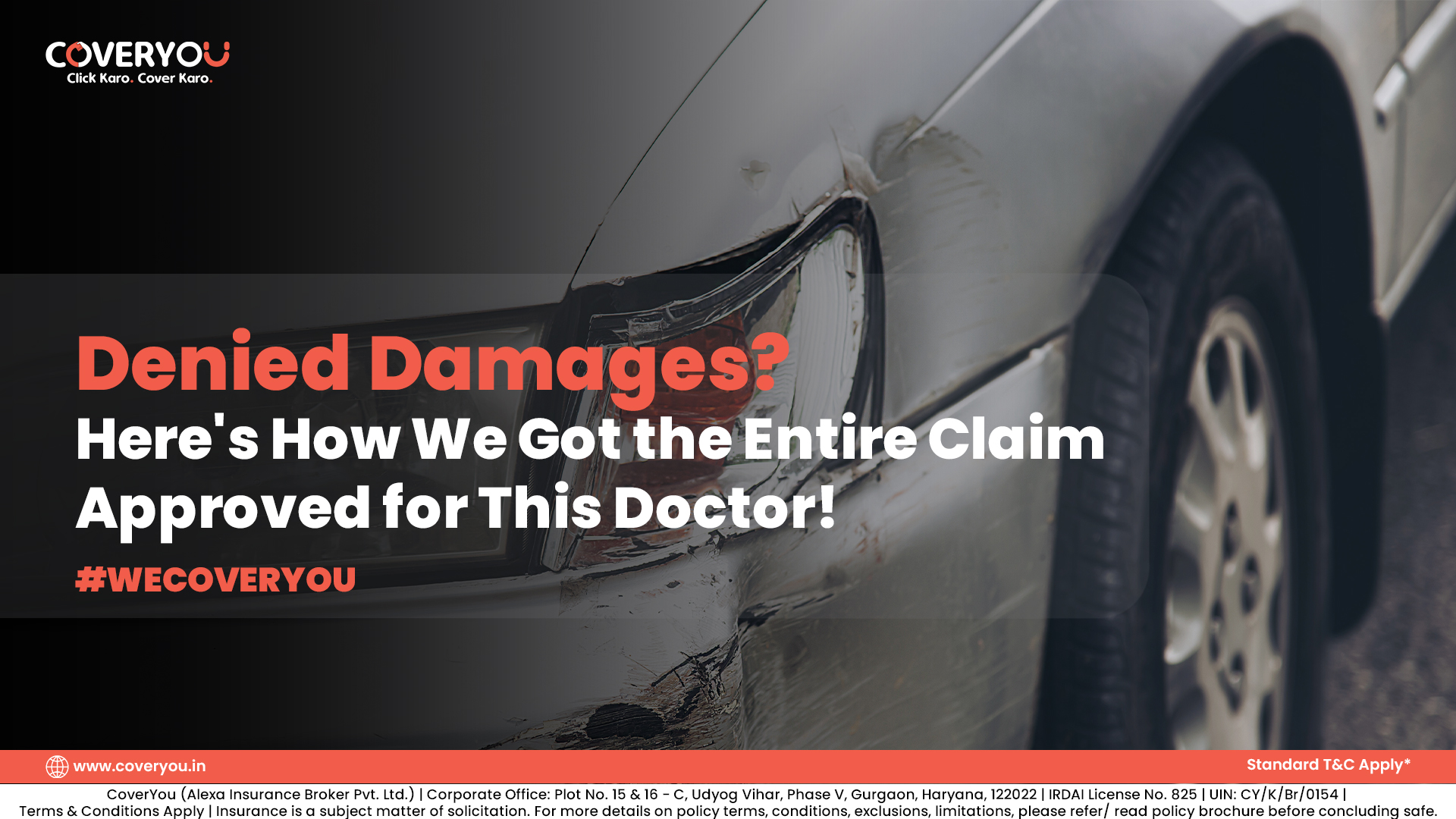As the world becomes more connected, many doctors are choosing to practice medicine abroad. Whether for better opportunities, academic growth, or personal reasons, working in another country often requires one thing , an international medical license. Let’s understand what it takes to get licensed to practice medicine in different countries.
1. Each Country Has Its Own Licensing System
There’s no single global medical license. Every country has its own medical council or board that controls who can practice. For example, the US has the USMLE (United States Medical Licensing Examination), the UK uses the PLAB (Professional and Linguistic Assessments Board), Canada requires the MCCQE (Medical Council of Canada Qualifying Examination), and Australia uses the AMC (Australian Medical Council) exams. If you’re planning to move, start by checking that country’s official medical council website.
2. You Must Meet Education and Internship Requirements
Before applying for a license, most countries will check if your medical degree and internship are recognized. Some countries only accept degrees from certain medical schools or may require your internship to be done in a teaching hospital. In some cases, you might need to complete additional clinical rotations or residency in that country before you’re eligible for a license.
3. Passing Licensing Exams is a Must
Almost all international medical licensing processes include written and clinical exams. These tests assess your medical knowledge, clinical skills, and sometimes communication skills. Preparing for them takes time and dedication. Many doctors spend months studying for these exams, and coaching or preparatory courses can help improve your chances of success.
4. Language Proficiency is Often Required
In countries where English is not the primary language, you may be asked to pass a language proficiency test like IELTS or TOEFL. In English-speaking countries, you may still need to show that you can communicate effectively in medical settings. This is important not just for passing the exam, but also for patient safety.
5. Licensing Can Be a Lengthy and Expensive Process
Getting an international license is not quick or cheap. Between application fees, exam fees, document verification, translations, and sometimes travel costs, the total expense can run into thousands of dollars. The entire process might also take anywhere from 6 months to 2 years depending on the country and your readiness. Plan ahead and keep your documents organized.
6. Choose a Country Based on Long-Term Plans
Before you start the licensing journey, be sure about your long-term goals. Consider job opportunities, work-life balance, visa options, cost of living, and healthcare system compatibility. Some countries offer easier licensing routes if you plan to settle long-term or work in
International medical licenses open doors to global careers, but they require effort, planning, and patience. If you’re considering practicing abroad, start early, stay informed, and take each step one at a time. The journey might be tough, but the reward can be life-changing.

















